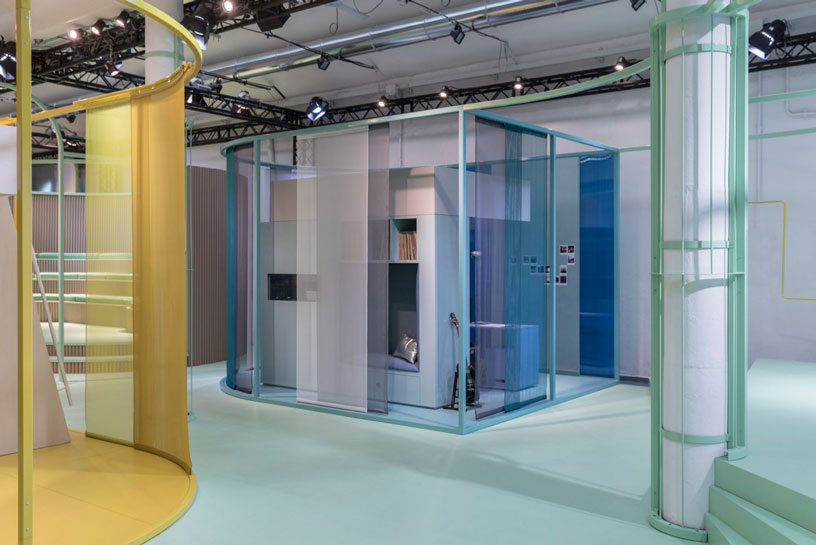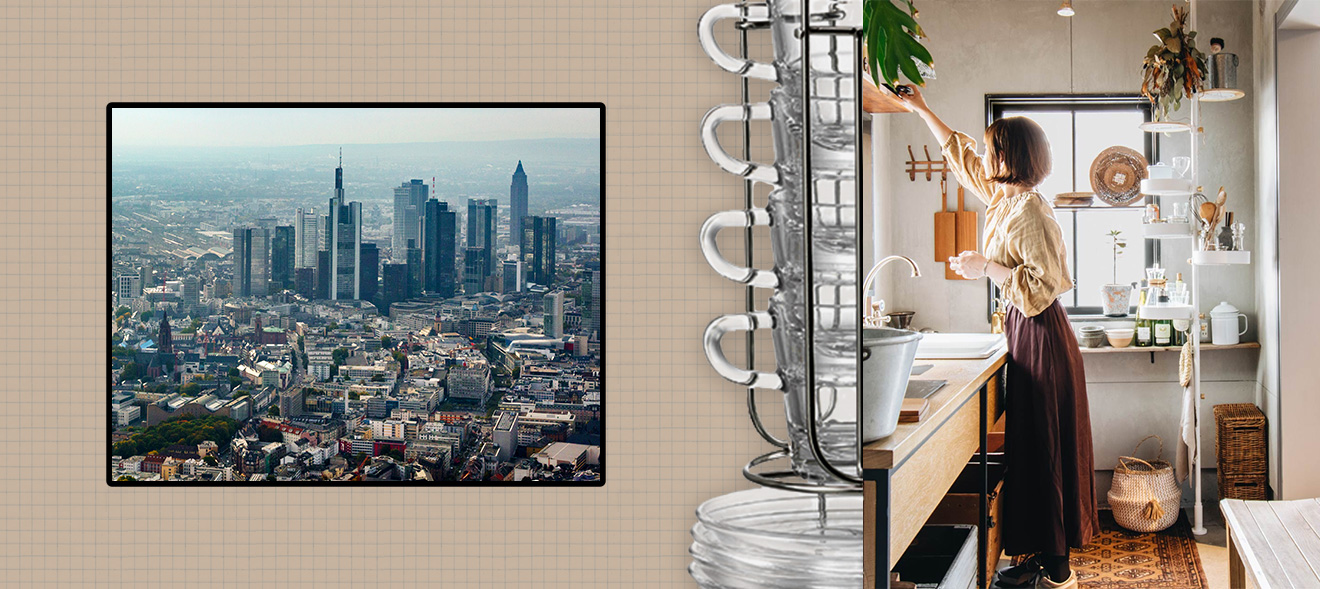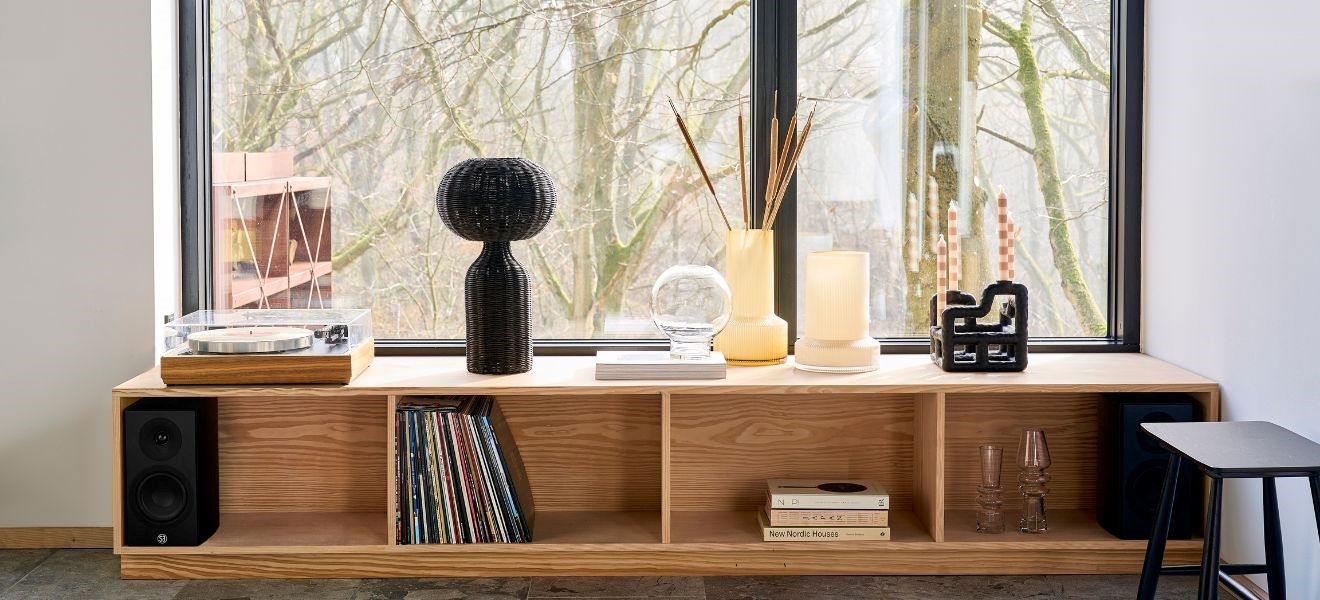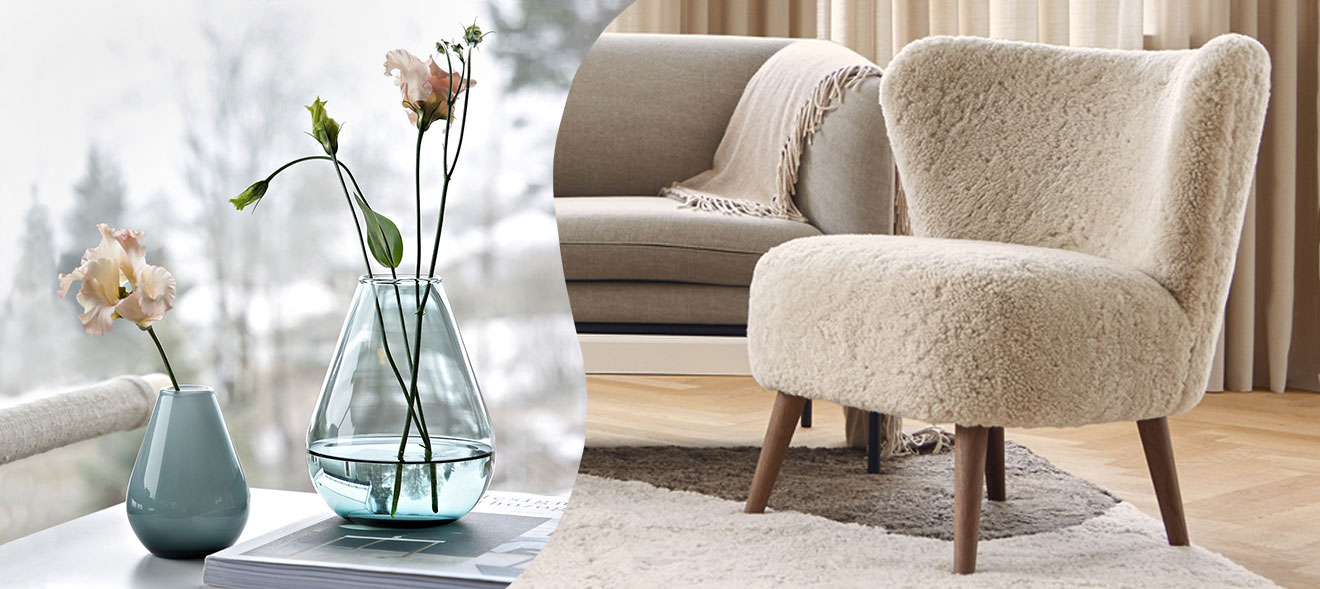In more and more big cities, tiny apartments are springing up. Compact living areas are the new normal for people who want to live in city centres. But small spaces aren’t just for singles in big cities – along with the sharing economy, they help enable a new lifestyle to develop. And we’ve found some smart solutions to make this trend approach concept easier than ever.
Whether you call them mono-apartments, microliving opportunities or mini-lofts, many of these new homes are not bigger than a hotel room. In Germany, where single-person households are the most common type of housing, the market for these mini-flats measuring between 20 and 35 sqm is booming. Take Frankfurt for example: the former Niederrad business district will be transformed over the next few years to make living space for up to 10,000 people. In the new Lyoner Quartier, 4,400 apartments are already in place: over 1/3 of these are micro-apartments aimed at students, single people and commuters.
This way of living is already established in other cities across the globe. One reason is that ever-greater numbers of people are moving to cities. The increasingly digitised nature of our everyday life and the fact that people are more and more independent of their geographic location are also important factors, meaning residential requirements are changing fundamentally. If you move often, you tend to have fewer belongings and share large appliances, which saves space and money. Furniture is often modular, and kitchens and bathrooms smaller.

Visionary living concepts
In 1959, when Alec Issigonis designed the Mini, he wanted it to be compact, economical and ideal for the inner city. The automotive brand has now applied the same approach to the housing market: at the Milan furniture fair in collaboration with London architects Studiomama it showcased a new concept to reinforce the dialogue between architects and residents. The project, called Built by All, used the existing structures of an industrial building. It presented four modular show flats measuring between 15 and 20 sqm embedded in a shared living space, kitchen and fitness area. Similar, real-life ‘micro neighbourhoods’ may soon be implemented worldwide in former industrial complexes or buildings currently standing empty. From 2019, the idea will be tested in practice when 8,000 sqm of former paint factory in Shanghai is converted into the first ‘Mini-Living’ project.
Room within a room
It is widely held that small rooms seem spartan and lack character. Yet this 32 sqm apartment in Paris proves that it needn’t be that way, with its relaxed, unfinished walls, creative use of wood on walls, partitions and floors, and inviting leather sofa. The built-in cube made from oak and nanomaterials which French design bureau Batiik installed, is especially eye-catching: It combines several key functions of a flat, being a bed, wardrobe and bathroom all in one. The slimline kitchen is adjacent to it, keeping enough space free to live in during the day.

The right furniture
Large furniture can fit, even into small flats – you just need to go easy on the number of items. Big bits of furniture such as sofas and shelving can help delineate different living areas when positioned square to the wall. Multifunctional and modular furniture is what’s needed in small spaces: a good sofa bed can replace a regular bed, and a desk can double as a dining table. Stools and folding chairs are more suitable than large upholstered seats. Smart storage solutions not only help create space, but also ensure you can tidy the flat quickly and efficiently.

2 Coat hooks by Lind DNA
3 Desk by Country Living
4 Clothes rack by Vita Copenhagen / Umage
5 Extending leaf table by Scholtissek
6 Stool by Metrocs / Visionporter
7 Mirror with tray by Pin Jang
8 Sofa bed by KARE Design
Aim high
If items are stored in drawers rather than just left lying around, small spaces suddenly seem a lot bigger. Sometimes however, seeing items can help – as with the innovative storage solution Draw a line by Japanese firm Heian Shindo. This consists of a metal tension rod which is fixed using pressure between floor and ceiling, or between two walls, and can be expanded with modular elements. This turns a storage solution into a window on your world.

Small kitchens
Kitchens are also getting smaller. Every centimetre counts, even when it comes to door handles, which should ideally be flush with the units. Appliance manufacturers have also adapted their models to fit in small flats. Combined devices, such as ovens with a microwave function, save crucial space – as do slimline fridges and dishwashers. It’s certainly advisable to buy a dishwasher: not only will it save water and energy, but it will also stop dirty dishes cluttering up your apartment.

2 Espressomaschine von Cilio
3 Espresso cup stand by Leonardo
4 Egg cooker by WMF
5 Carafe and glass by Nude Glass
6 Tea strainer by Kinto
7 Collapsible digital scales by Joseph Joseph
8 Tea kettle with built-in steeper by Kitchen Aid


Above and beyond
Flats may be getting smaller, but buildings are getting taller. Residential tower blocks have long dominated metropolitan skylines in many parts of the world. In Germany, though, there was a stigma attached to such towers in large residential developments. This is no longer the case: in cities such as Hamburg, Berlin and Cologne, where land is expensive and in short supply, new tower blocks are now springing up. In Frankfurt alone, over 20 high-rise apartment buildings will come onstream in the next few years, including hybrid creations such as the ‘Omniturm’ tower and the ‘Four’ complex of skyscrapers – a new concept combining residential and office space. One of the more exciting openings next year will be the ‘Grand Tower’. At 172 m it will be Germany’s tallest residential building, and besides generous penthouses it will also accommodate smaller apartments.
One Room a Hundred Ways from BX Films on Vimeo
Flexibility at the touch of a button
Designer Yves Béhar and his Fuseproject studio takes a different, no less spectacular approach. ‘Ori’ – its name comes from origami – is a flexible, fully automated item of furniture which can be used as a bed, cupboard and desk. This living module moves at the touch of a button and has now gone way beyond the prototype stage. Ori comes in various materials and models. This item of robotic furniture is already installed in apartments in several US cities.











